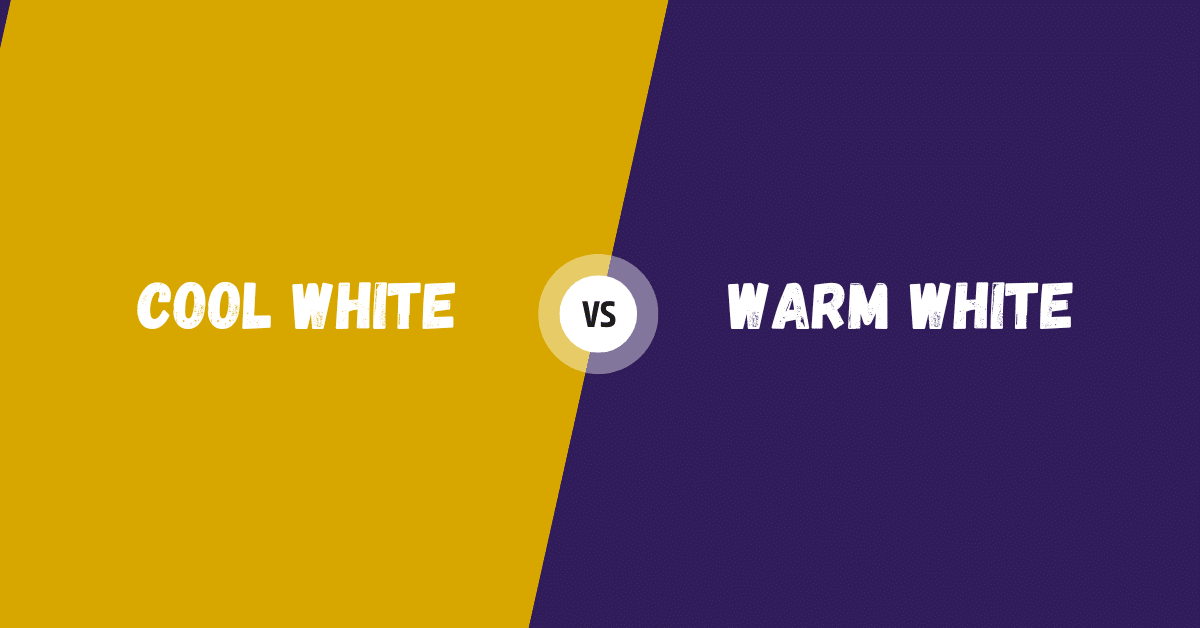
Cool White vs Warm White: A Comprehensive Color-Temperature Lighting Guide
The LED lighting choices between cool white and warm white light affect a space’s appearance, mood, and functionality. When we talk about Color temperature, it is measured in Kelvin (K) unit. The color temperature defines the light appearance as it looks yellow or golden also called warm or blue/white also called cool.
For example, lower Kelvin values from 2700 to 3000K produce warm and amber- toned light e.g., incandescent bulbs, while higher values from 4000 to 5000K yield (cool, crisp light) e.g., daylight. These differences matter for everything from aesthetics and psychology to energy use and branding.
In this companion, we explain Kelvin ranges, visual and effects of warm vs cool lighting, and ideal use cases in industrial, commercial, retail, and domestic settings. We also examine how lighting choices impact client experience and productivity, and also explain international standards and local preferences in color temperature.
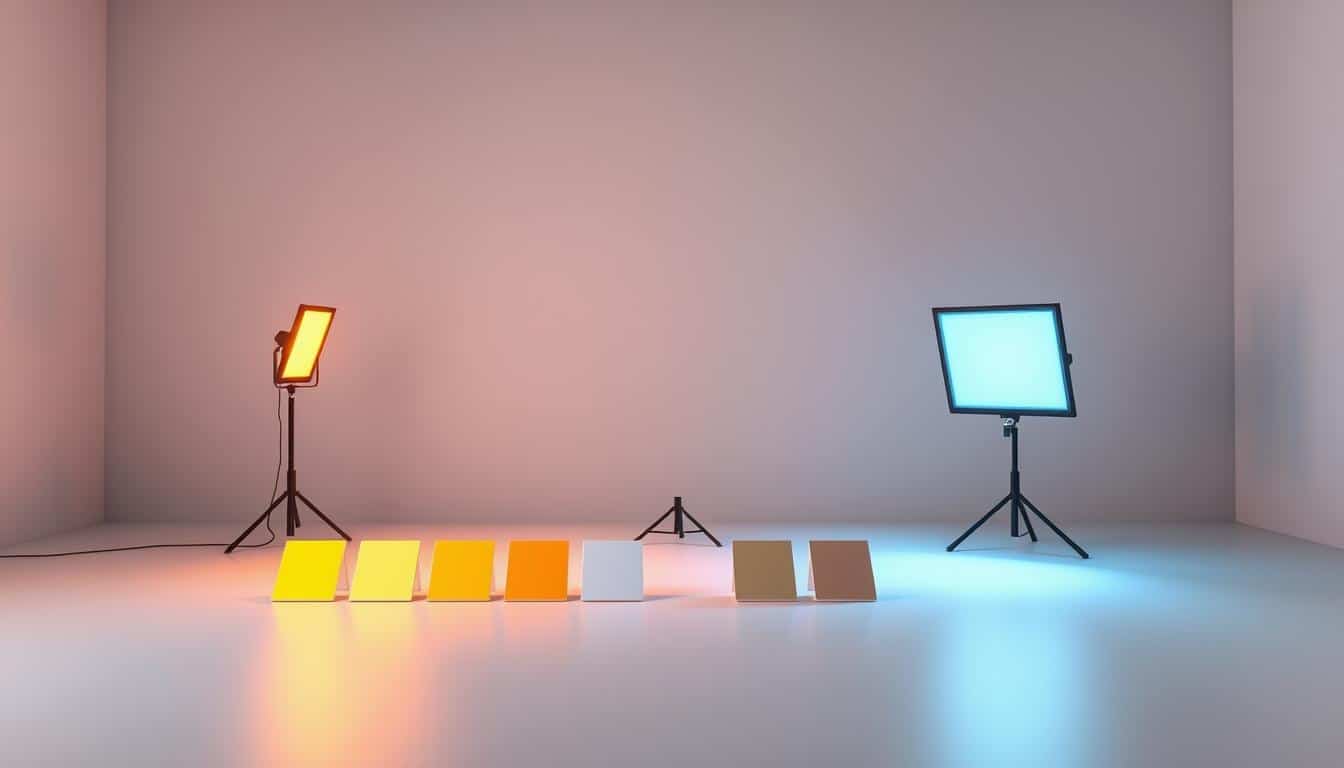
What is Color Temperature (Kelvin)?
Color temperature is measured in sacle of Kelvin (K) that describes the range of white light. A lower Kelvin value range (e.g. 2000K – 3000K) produces a warm white (yellow or orange) appearance, while higher value range (e.g. 5000K – 6500K) produces a cool white (blue-white) appearance. As the “ black- body radiator ” heats, its color shifts from red → yellow → white → blue – the same principle behind the Kelvin scale. In practice, lighting manufacturers label lights and luminaires by K value or names like “ warm white ” and “ cool white ” to help selection. Typical categories of light are
- Warm White: 2700 – 3000K – soft yellow light (cozy, incandescent- ike).
- Neutral White: 3500K – balanced white (neither too warm nor too blue)
- Cool White: 4000 – 5000K – bright white light (frequently called “ cool white ” or “ neutral white ” in office/ retail)
- Daylight: 5000 – 6500K – very blue-white (simulates overcast daylight)
These ranges vary by each market. For illustration, U.S. market define warm white around 2700 – 3000K and cool white near 4000K. In numerous Asian markets, the 6000K may be called “ neutral white ”. The knowledge of the Kelvin scale is the first step in choosing the right tone for each space. Learn further about daylight vs soft white.
Cool vs Warm Lighting Effects on Aesthetics and Visual Perception
Warm white lighting ranges from 2700K – 3000K produce a golden and amber glowing light that create cozy and intimate environment. The designers compare 2700K light to candlelight or an incandescent bulb at full brilliance. Warm light creates small pools of soft light and a relaxed atmosphere and make spaces feel smaller and more inviting. While, cool white lighting from 4000K to 5000K appears very bright and crisp and has a conspicuous blue shade and high contrast, which makes spaces look larger and modern. For example, cool white is popular in clean, contemporary interiors and task areas (kitchens and shops), while warm white is chosen for living apartments, caffs, and hospices to elicit comfort.
In retail and client- facing surroundings, these cues are important. exploration shows shoppers concentrate overwhelmingly on visual appearance (90% say visuals dominate their experience) and color heavily influences perception. Bright, cool-white lighting generally signals effectiveness, practicality, and lower prices. A brightly- lit, cool- toned store feels larger and utilitarian, encouraging fast shopping. By discrepancy, warm dim lighting creates a sense of luxury and rest. For example, high- end fashion boutiques and fine- dining caffs use warm, dim lighting to suggest comfort and quality, while supermarkets or electronics stores use cool white light to keep energy high and highlight product clarity. Overall, warm white light tends to accentuate warm colors (reds, golds, wood tones) making a space feel rich and intimate, whereas cool white light sharpens blues and whites, giving a space glossy, clinical or vibrant sense.
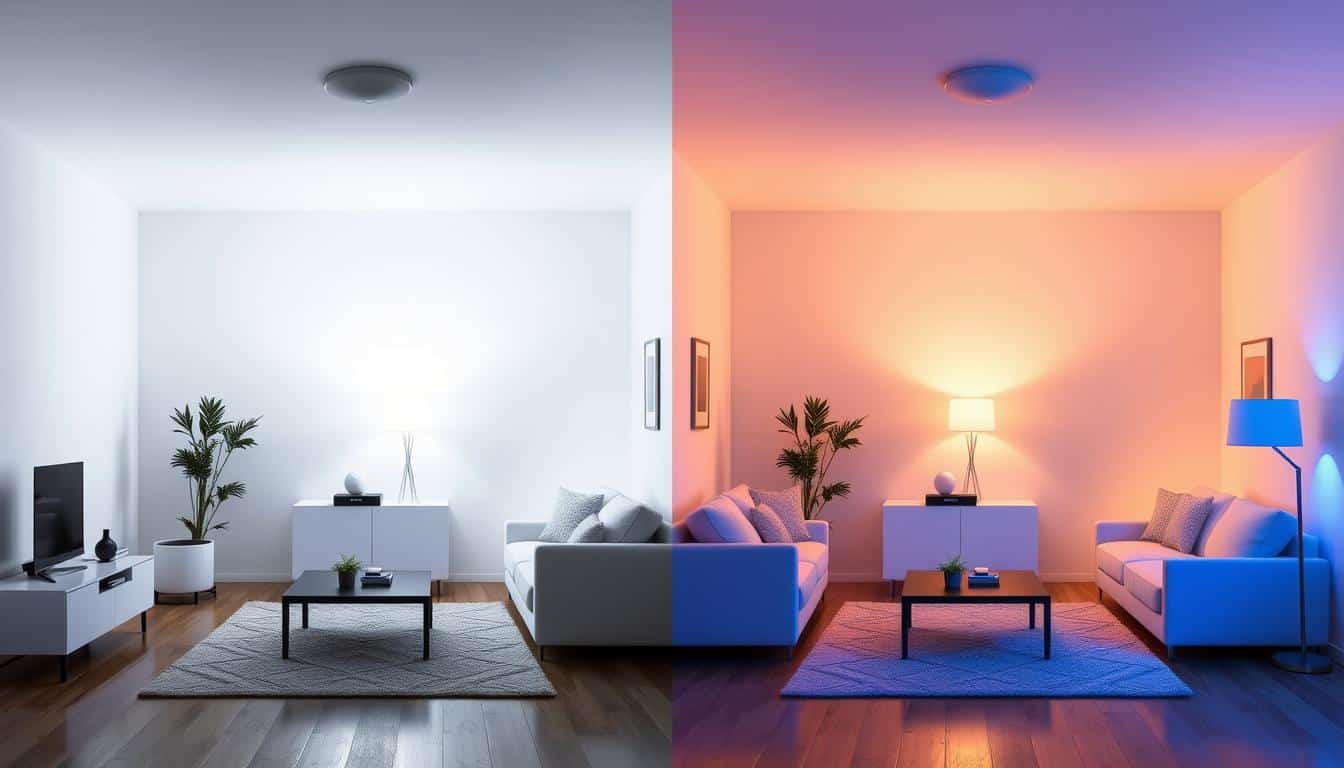
Cool vs Warm Lighting Effects on Mood, Alertness, and Productivity
Lighting color temperature significantly affects your psychology and behaviour. Cool white light, especially blue-fortified light (more than 5000K), has been shown to increase alertness and focus. It suppresses the sleep hormone melatonin, making people feel more awake and productive during the day. For illustration, a study conducted and concluded that using 5000 – 6500K “ daylight ” LEDs in workspaces improved alertness and reading appreciation compared to warm light. In workplaces or seminaries, cool white lighting (around 4000 – 5000K) is frequently used for this reason. One exploration review notes that workers under high value of CCT lighting had brisk response times and reduced fatigue compared to those under warm lighting of equal brightness.
By discrepancy, warm white light (2700K – 3000K) tends to be calming and conducive to relaxation or social interaction. Warm tones can reduce thrill and prepare the body for rest. For illustration, homes and hospitality areas frequently use warm white in the evening to promote unwinding. According to one study, lighting in the warm range can significantly improve sleep quality at night by reducing eye strain and not disturbing circadian cycle. Another study concluded that lower CCT (warmer) lighting was associated with lesser comfort, coziness, and a feeling of security, whereas high value of CCT (cooler) light increased perceived brilliance but could feel less relaxing.
In practical terms, numerous ultramodern offices adopt a middle ground (4000K) to balance alertness and comfort. Some high- end systems use tunable or human-centric lighting systems that shift from cool white during the workday to warm white in the evening to copy the natural daylight cycles. Overall, cool white is for intense tasks and areas need attention, while warm white is for areas where relaxation or socializing is needed.
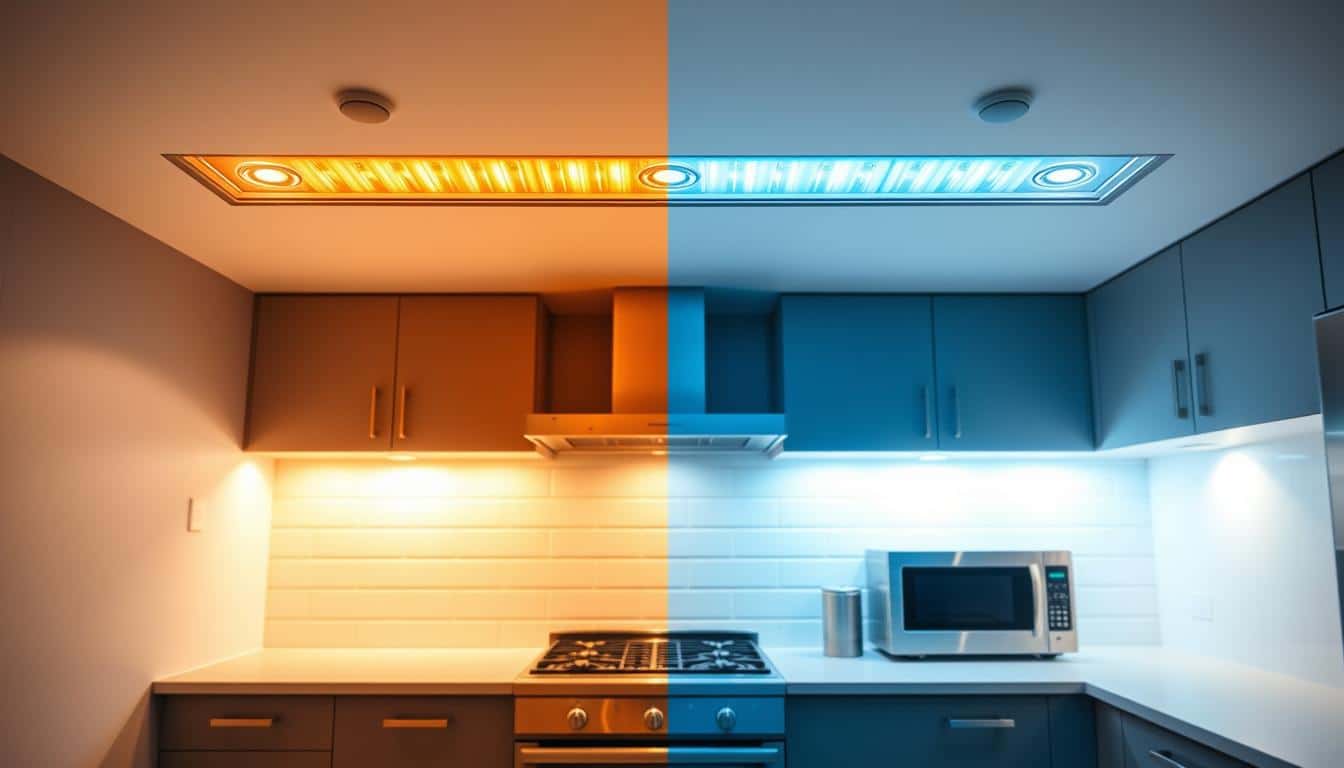
Cool vs Warm Lighting Effects on Energy Efficiency and Light Quality
Color temperature also influences luminous efficacity (lumens per watt). In general, cool white LEDs produce further lumens than warm white LEDs at the same power. This is because cool (blue-rich) LEDs innately convert electricity to light more efficiently. Cool white contains more blue light and looks brighter to the eye, which is why cool-white bulbs frequently have a 15 – 20% more lumen output than warm-white bulbs. In practice, a 4000K LED lamp might deliver noticeably more light output than a 2700K lamp of the same wattage.
It is important for commercial buyers as cool-white LED fixtures can achieve target illuminance with fewer or lower- wattage LED fixtures. But the difference is fairly modest in high- quality LEDs, and total energy effectiveness also depends on LED fixture design and controls. Color temperature has little effect on energy use beyond this lumens- per- watt factor. It must be noted that warmer lights may require slightly higher output or more LED fixtures to match the brilliance of cooler lights. No matter the CCT, choosing LED technology and smart controls (dimming, sensors, daylight harvesting) has a greater impact on energy savings.

Cool vs Warm Lighting Impact on Branding and Customer Experience
Lighting choices are integral to brand identity and client experience in marketable spaces. Studies show about 80 – 90 percent of sensory impact comes from visual cues, and 80 percent of people associate brands with specific colors. Therefore the tinge of illumination subtly communicates a brand’s character. Warm, golden light conveys tradition, artificer, luxury or closeness – suitable for caffs, boutiques, and hospices. Cool, white light suggests modernity, effectiveness or high- tech perfection – fitting for offices/clinics, and electronics retailers.
For illustration, a gym or upmarket eatery might use warm white accentuation lighting to support a soothing, indulgent brand promise. A data center or spa, on the other hand, might use cool white illumination to emphasize energy and high performance. Lighting designer also used blend of light; bright cool spotlights can draw attention to products or architecture, while warm ambient light sets an overall tone.
Importantly, inconsistent/inappropriate lighting can hurt client comprehensions. Bright fluorescent blue-white in a high- end fashion store may make it feel harsh and uninvitong, whereas dim, warm light in a grocery store may feel dingy. By aligning color temperature with brand strategy, businesses enhance perceived quality e.g., lower- price- volume retail tends to use bright cool lights (speeding browsing), while luxury brands use warmer light and dimming (encouraging leisurely exploration). Lighting advisers must thus balance functional conditions with the emotional communication that a space’s color temperature sends to guests and inhabitants.
Where to Use Warm vs Cool White?
Different surroundings call for different color temperatures. Then are general use cases by sector;
Offices and Educational Institutions: Cool to neutral white (3500K – 5000K) is common for general office lighting. Around 4000K is a standard choice for offices, conference apartments and classrooms to maximize alertness and visibility. Some areas like break apartments or couches might use a warmer 3000K to relax workers. Ultramodern guidelines frequently suggest mimicking daylight (up to 5000K) in workspaces when possible.
Industrial and Technical Spaces: Storages, factories, and labs generally use high CCT( 4000K – 6500K) to give bright, daylight-like illumination for safety and detail work. Daylight- white (5000 – 6000K) is popular in product floors, cleanrooms, and healthcare settings where color visibility are critical. Some out-of-door lighting (e.g. loading docks) also uses cool-white metal-halide or LED lights, although note the growing trend to keep out-of-door lights at 3000K or below for ecology.
Retail and Showrooms: Retail lighting strategy depends on the product and brand. Grocery stores and supermarkets frequently use neutral- to-cool white (3500K – 5000K) to make yield and packaged goods look fresh and well- lit. Cloth and home goods stores may use neutral 3500K or blend warm/cool e.g., warm lights (2700K) to enhance wood or fabrics, and cool medium lights (4000K) for overall brilliance. High-end retailers (fashion, jewelry, salons) frequently favor warmer light and lower levels to produce intimacy and encourage browsing. In all cases, good color picture (high CRI) is important so products look natural.
Hospitality and Healthcare: Hotels, caffs, and couches generally use warm white (2700K – 3000K) to produce welcoming and relaxing spaces. The white-tiled bathrooms or lobbies may be lit by warm LEDs. Patient apartments and staying areas frequently blend warm ambient light with cooler task lighting (e.g. examination lights). In healthcare settings like hospitals/clinics, cooler temperatures (4000K – 5000K) are used in examination apartments and labs for clarity, whereas corridors and case apartments may be kept warmer for comfort.
Domestic: In homes, warm white is overwhelmingly preferred for living areas and bedrooms. Bedrooms and living apartments generally use 2700K – 3000K to mimic traditional incandescent bulbs and promote relaxation. Kitchens and bathrooms may be lit with slightly advanced CCT (3000K – 4000K) to enhance visibility, however numerous homeowners still choose warm light for these spaces to avoid a clinical sense. In summary, warm white (2700 – 3000K) is ideal for utmost domestic spaces to produce comfort and cohesion with furniture/wall colors, while cool white can be used in utility areas or as accent lighting for a bright ultramodern look.
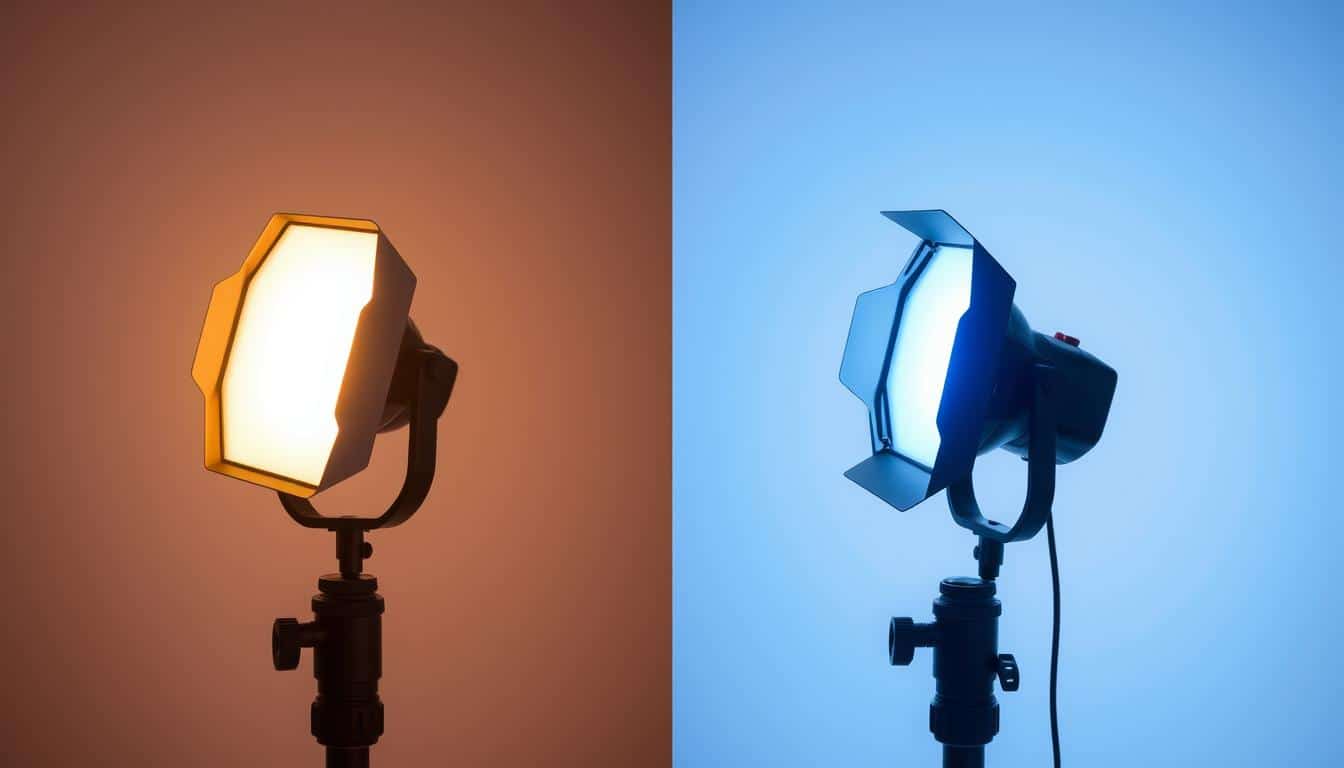
Comparison of Cool White vs Warm White
| Aspect | Cool White Lighting | Warm White Lighting |
|---|---|---|
| Kelvin Range | ~4000–5000K (can go to 6500K) | ~2700–3000K |
| Color Tone | Crisp white to bluish-white | Golden yellow/orange |
| Visual Impression | Bright, clean, modern | Soft, cozy, traditional |
| Psychological Effect | Alertness, energy, precision | Relaxation, comfort, intimacy |
| Typical Applications | Offices, hospitals, labs, retail aisles, industrial sites | Living rooms, hotels, restaurants, lounges, high-end retail |
| Productivity Impact | Enhances focus and task performance | Encourages calm and creative thought (used in break areas) |
| Brand Messaging | Conveys efficiency, tech-savvy, clinical | Conveys warmth, luxury, quality |
| Energy Output | Higher lumens-per-watt (cool LEDs more efficient) | Slightly lower lumen output (more red phosphor loss) |
| Perceived Brightness | Feels very bright and high-contrast | Feels softer and lower-contrast |
This table highlights that cool white is generally favored for functional, task-intensive spaces where clarity and alertness are needed, while warm white is chosen for aesthetic and social spaces where comfort is desired. Both can be high-quality (CRI) and LED technology, so color temperature is a key decision factor beyond basic lumen and watts.
International Standards and Regional Preferences (Cool vs Warm Light)
Color temperature standards and regulations vary worldwide. In North America, consumers are oriented to 2700 – 3000K in homes (traditional “ soft white ”) and 3500 – 4100K in offices and retail. The American Medical Association (AMA) has recommended limiting out-of-door lighting to 3000K or below to reduce blue light exposure at night. In Europe, office and road lighting generally use around 4000K, and new EU guidelines (e.g., lighting in road design) also favor ≤ 3000K outside to combat light pollution.
Asian markets frequently use advanced CCTs for illustration, in China 6000 – 6500K is common in marketable and some domestic lighting. A recent study set up European office workers generally prefer around 4000K, whereas Asian and African subjects tended to choose 4000 – 5000K depending on brilliance. American culture historically favors warmer “ incandescent ” tones than numerous Asian or Middle Eastern societies.
These trends reflect both tradition and environment (sun intensity, artistic comfort). B2B buyers working internationally should consider original preferences and regulations. For example, in Scandinavia lustrously cool lights may be used to compensate for long winters, whereas in warmer climates extremely cool lighting is occasionally minimized in favor of 3000K. Standards like ISO/ CIE 8995 or ANSI/ IES minimum illuminance tables concentrate on how important light is demanded for tasks, but don’t dictate a single CCT. Therefore, product pickers should align color temperature choices with indigenous standards, customer identity, and any local codes (e.g., “3000K maximum ” rules for certain out-of-door lighting in the EU).
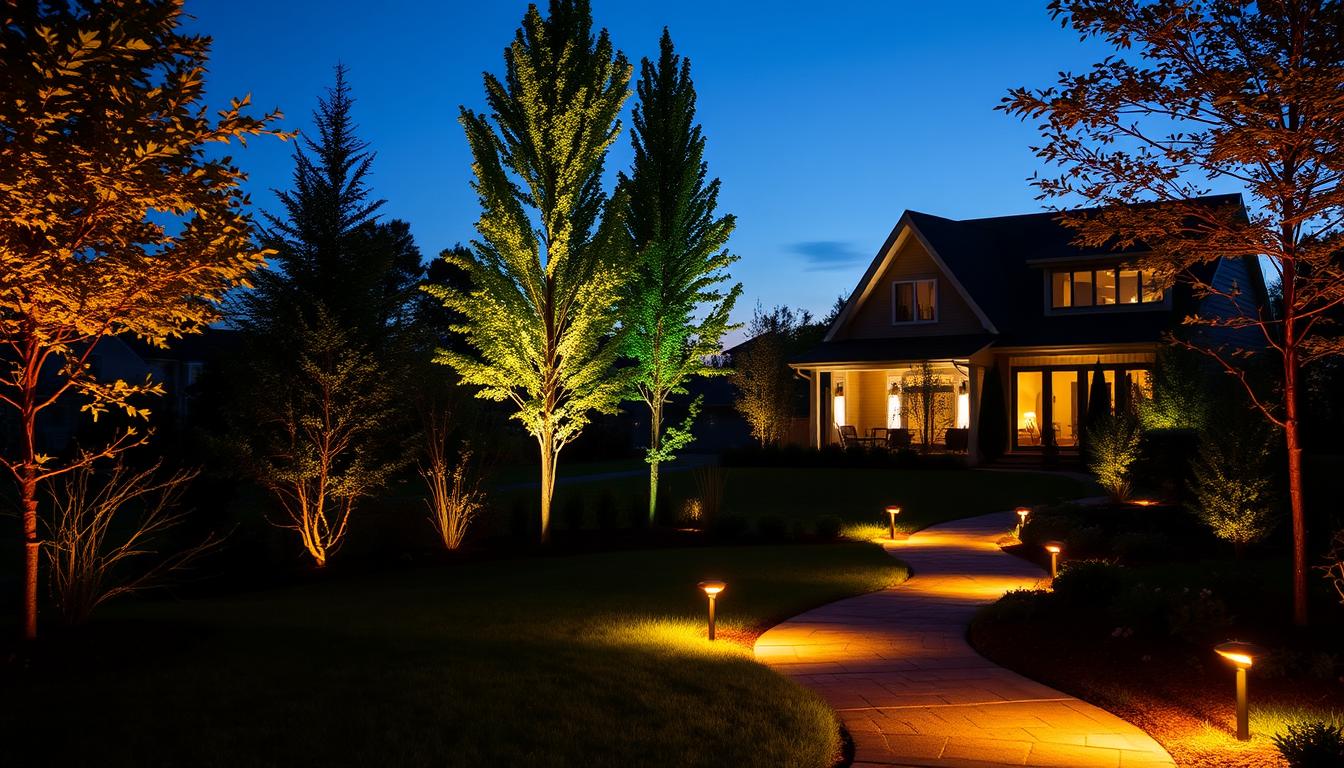
Conclusion
In conclusion, engineers and lighting professionals should match color temperature to the goal of each space.
Imortanat points:
- Cool White (4000 – 5000K) produces a bright, bluish-white light that enhances alertness and visual clarity. Ideal for offices, manufactories, hospitals, and task areas where productivity/accuracy are target. Cool-white LEDs also yield more lumens for the same power, which can be effective for high-output requirements. But high cool light can feel harsh or disturbing if overused.
- Warm White (2700 – 3000K) gives a golden, yellow light that feels cozy and intimate. It best for domestic apartments, hospitality surroundings( caffs, hospices), and cloth retail, where a relaxed or luxurious atmosphere is intended. Warm light is gentler on the eyes in the evening and is less likely to disrupt circadian cycle. It conveys warmth and quality to guests.